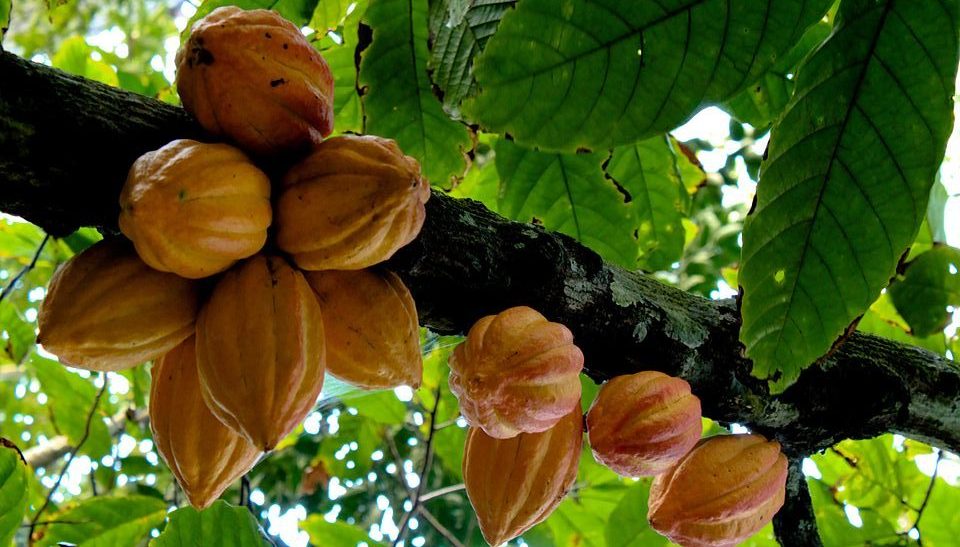Plenty of rain and sunshine in the past week promises a bumper 2024 cocoa bean crop in Ivory Coast ahead of the dry season. This news uplifts September 2023 projections of a 20% fall in Côte d’Ivoire’s cocoa supplies for the 2023/24 crop.
This is happening as the 2023/24 cocoa beans’ planting season picks from October to March.
Even as the rainy season nears its end, farmers have been impressed by abundant rain and good sunshine through mid-November. In the cocoa-growing Agboville vicinity, rainfall reached 24 mm in the second week of November, nearly 4 mm above normal.
This means that when the dry season starts from late November through March, it will find a nourished cocoa crop.
Farmers usually bank low hopes on the dry season because it brings the destructive dry southerly winds known as Harmattan.
There are hopes that by the time the current rain patterns break, the main cocoa harvest will be over by January.
If, however, Harmattan land early, they might stunt the small pods that comprise the lesser harvest of February through March.
2 Pounds of Cocoa Per Tree
After some 5 or six months it takes pods to ripen, a cocoa plant becomes ready for the main harvest. From each tree there are usually about 30-40 beans per pod out of a total of 30 pods.
A single tree therefore provides 900 beans or twice the 400 dried beans that make a single pound of cocoa.
El Niño Vs 2023-24 Production
Despite the promising rain pattern, it is hard to predict if the 2023-24 cocoa crop will surpass 2022’s output. Ivory Coast’s October-December 2022 production levels hit 1.259 million tons.
Predictions are for a short crop due to El Niño , which analysts forecast may last to spring, 2024.
Buying and Selling Cocoa
In August, cocoa market prices in West Africa fell to $2.65 per kg in New York following El Niño dissipation.
In Ivory Coast, farmers dry the beans for themselves and get them ready for buyers. Post-harvest processing determines quality and hence the price buyers at strategic purchasing stations pay producers.
In October 2023, the Ivorian government awarded cocoa farmers an 11% minimum gate price rise as buffer against buyer manipulation. This echoed the same gesture in Ghana where the government upped farm gate prices for cocoa beans by 63%.
Buyers then take the cocoa to exporters in Abidjan, who pay them according to the reigning international prices.
Exporters safeguard the dried cocoa in protective textile and plastic bags till the day of shipment abroad for cocoa processing.
